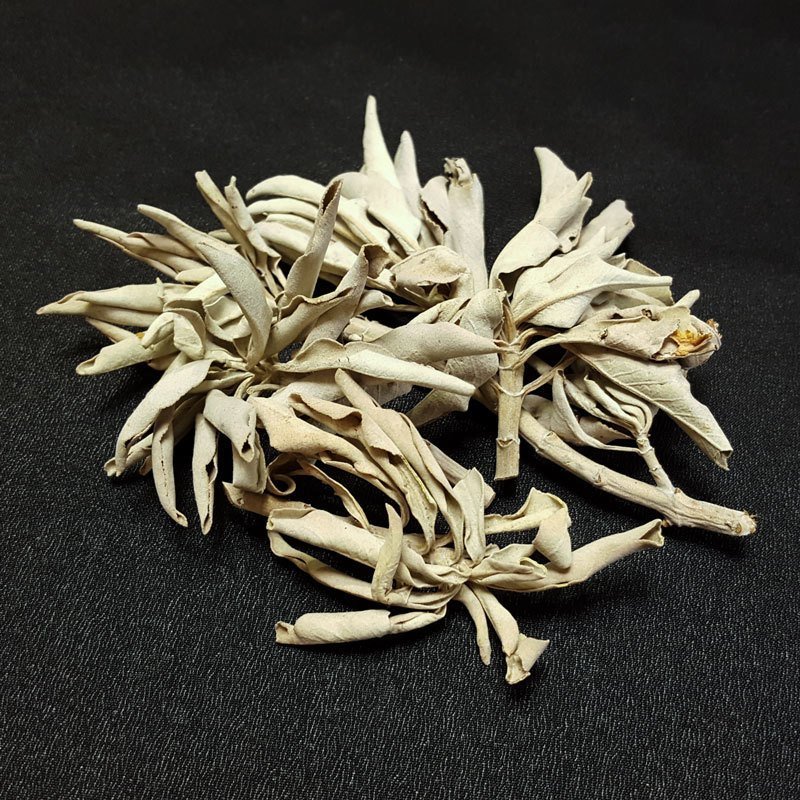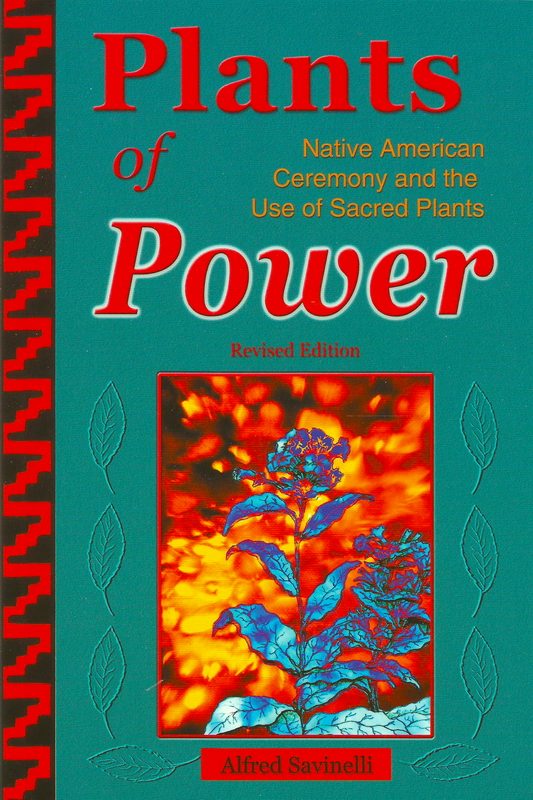White Sage Clusters - 1 oz
White Sage Clusters: One ounce of select clusters of White Sage (Salvia apiana) cultivated or gathered in a sustainable way to protect the health of the habitat.
California White Sage
Salvia apiana
White sage grows along the sunny coastal alluvial washes of Southern California, from Santa Barbara to the Baja Peninsula along the coast before the desert. White sage is an important member of the coastal sage scrub plants, growing 2' to 3' tall. It produces a flower spike that is light blue in color. The flower spikes produce a nectar and develop many seeds. The seeds have been important and potent food sources for wildlife and humans. The leaves vary from a matte green to a dull white, depending on the time of year. The leaves contain fragrant essential oils.
Today white sage is most popular for the sweet fragrance of its burning leaf. It is used to cleanse objects, places and people. The family Salvin, from the Latin, Salvia (to heal), has many historical uses. Medicinally, white sage has been used as a tonic and as an antiseptic. Sage tea is said to promote a calming effect. Two leaves in a cup of hot water makes a healthful beverage, and the leaves may be chewed as a natural breath freshener.
Traditional elders say that before a person performs ceremony or is healed, they need to be cleansed of any bad feelings or negative thought. The cleansing can be done with sage, sweet grass or cedar. The smudging helps the healing come about in a very clear way, without any negative energy regarding the healer or the patient. The elders also say that one should enter into ceremony with a good heart.
The proper way to dispose of sage is to throw it eastward rather than burn it or put it down.
White sage has come from relative obscurity twenty years ago to great popularity in recent years. People are attracted to its aroma and calming properties. The largest threat to its continued existence is loss of habitat through development of housing. Being part of the coastal scrub habitat there is a growing interest to preserve this unique plant community within private and public sectors.


